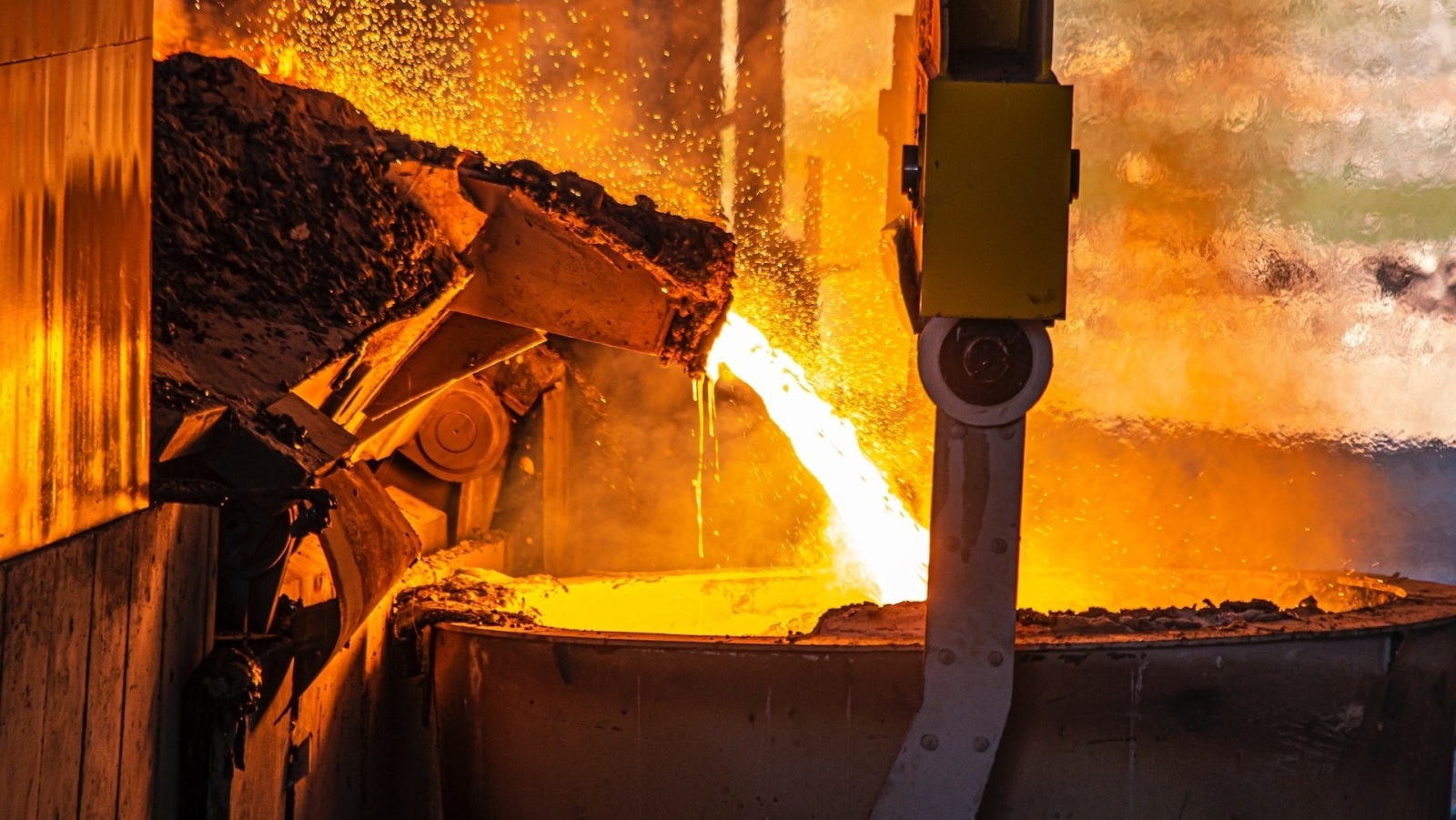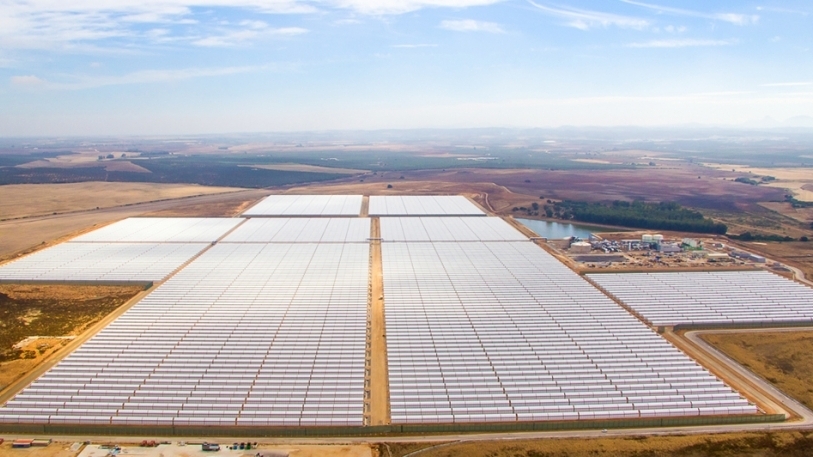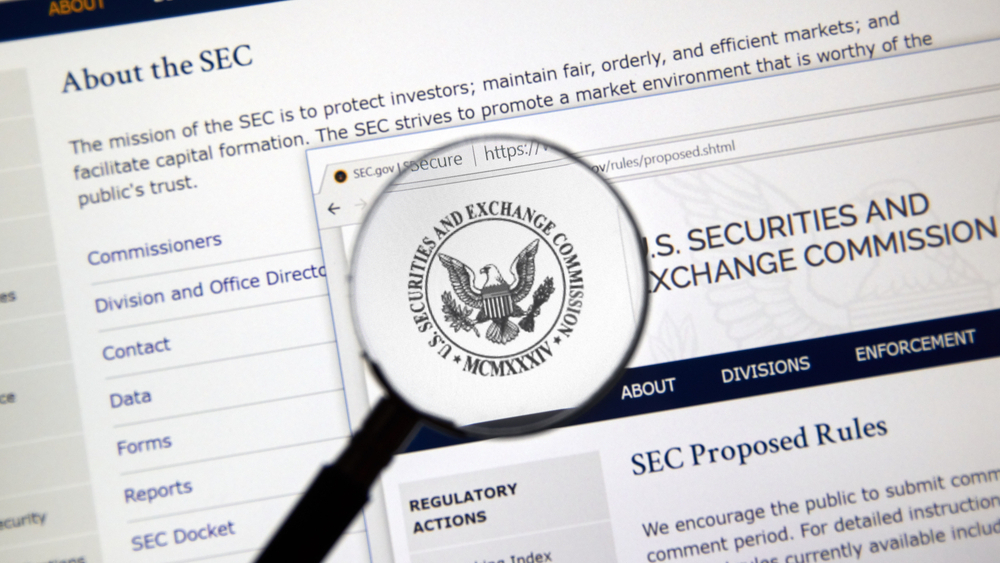
Investment spotlight: how financially viable is green steel?
ETC's Adair Turner tells NZI steel is increasingly a credible green investment even though the sector's road to net zero remains complex
How financially viable is green steel? And can the sector be put on a credible path to net zero?
Yes, a viable investment case for near-zero emissions primary steel projects is within reach, at least in Europe and North America, according to industry insider Adair Turner.
In fact, Turner, who is the chair of the global Energy Transitions Commission, argues that it is possible to put the steel sector on a Paris Agreement-aligned emissions pathway by 2030.
"Investing in commercial-scale green primary steel is already possible this decade," Turner told Net Zero Investor.
"Support for low-carbon hydrogen in the US and the CBAM in the EU offer solid foundations for getting breakthrough projects off the ground in those markets," he added.
To get there, however, the global pipeline of near-zero emissions primary, ore-based steel projects must triple within the next three years to enable 190 million tonnes per annum (Mpta) of ‘green’ production by 2030 and keep industry emission reduction targets within sight.
A long and complex but not impossible route, Turner said.
Steel emissions
Steel currently accounts for 7% of annual global greenhouse gas emissions and demand is set to rise, as the material is fundamental to building the energy transition, from wind turbines to electric vehicles, and to infrastructure growth in developing economies.
‘Breakthrough’ iron- and steelmaking technologies, centred around using low-carbon hydrogen to produce direct reduced iron (DRI), have been developed and offer a viable solution for decarbonising primary steel.
The global pipeline of near-zero emissions primary, ore-based steel projects must triple within the next three years.

Green-lighting projects by 2026 is a major challenge given the lead times involved but Turner stressed that the financial gap for doing so is smaller than previously thought.
Turner referred to a new report by his commission, 'Unlocking the First Wave of Breakthrough Steel Investments – International Opportunities: United Kingdom, Spain, France, and the United States', which writes that practical policy and industry action in four countries can secure a viable investment case in those markets.
In fact, they can create opportunity to grow the pipeline of projects and accelerate existing proposals to final investment decisions.
All four countries can offer a viable investment case, particularly in light of recent policy developments, if action is taken urgently to close the ‘last-mile’ gap, Turner said.

Turner pointed out that the price of low-carbon electricity, for green hydrogen production and direct process power, is the crucial market factor in determining the international competitiveness of breakthrough iron or steel.
Investment case
major policy developments in the US, such as low-carbon hydrogen production tax credit under the Inflation Reduction Act, and the EU, think of the phase-in of the carbon border adjustment mechanism, have put a viable investment case within reach in the US, Spain, and France, Turner continued.
Moreover, actions such as government support for capital expenditures and forward purchase agreements at an initial premium, particularly from corporate off-takers, offer practical ways to close the financial gap for projects in all four countries in the near-term, he states.
"Given the lead time of steel projects, urgent action is needed to further strengthen the investment case for breakthrough technologies and secure near-zero emissions primary steelmaking capacity before the decade is out," Turner concluded.



